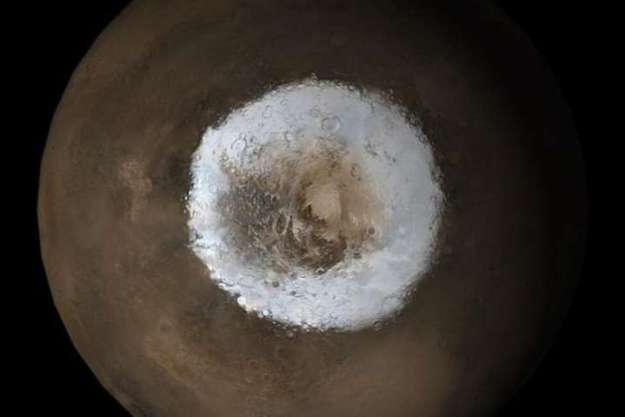
Official review units of Amazon’s Kindle 2 won’t be available for a week or so. But we recently got a chance to handle one long enough last Monday when Jeff Bezos and Stephen King launched the second generation e-reader to formulate some immediate and specific impressions.
The big news here is, interestingly, the device’s text-to-speech (TTS) capabilities. Like Ralph Fiennes in The Reader, Kindle 2 will actually read to you using voice synthesis, in either a male or female voice. Some folks have labeled Kindle 2’s TTS features a gimmick. But the audiobook business is a booming one, and there’s no reason to believe that Kindle 2’s TTS capabilities won’t be a major draw.
Talk To Me
Fortunately, as we noted firsthand, the way in which this functionality is executed is nearly a complete success. Both the male and female voices are soothing without being soporific. Amazon has further instilled the algorithms with a natural reading cadence, with dialogue punctuated with appropriate pauses at every “and” and instance of punctuation.
Kindle 2 offers three reading speeds: The default middle speed struck as being New Yorker-fast, while the “fast” speed was as humorously brisk as the rundowns of side effects which accompany commercials hawking new pharmaceuticals. Ironically, the slow speed was actually the most normal sounding.
That said, the TTS is tainted by its hard-to-find menu and controls. The pop-up TTS menu is activated by pressing the change-font key, which makes no sense at all, and reading is paused and re-started by pressing the space key.
Let’s Get Physical
Physically, the Kindle 2 is nearly the same weight as the original, and its e-ink screen is the same size, but offers 16 shades of gray instead of four, resulting in much sharper photos. But instead of aping the original’s clunky wedge aesthetic, the Kindle 2 is now a .36-inch thin sleek slate with rounded corners.
The original’s screen-long “Next Page” bar flippers have further been replaced by smaller bars that click in toward the screen instead of out in order to avoid accidental page turns. While it does solve the problem, we found the new click-in bars to be counterintuitive.
Among the less successful physical upgrades introduced here, the original Kindle’s rubberized back has also been replaced with baby-butt-smooth brushed aluminum, which looks cooler but is too slippery.
In addition, instead of the split QWERTY keyboard and rectangular buttons of the original, Kindle 2’s straighter keyboard layout almost feels boring. Keys are smaller and rounder with fainter markings, making it a little tougher to read, and lack the tactile response of the original.
The original’s odd ribbon-strip navigation control is further replaced with a more contemporary five-way toggle (up/down/left/right/press in), which vastly simplifies operations.
All-in-all though, we definitely got the following impression: The Kindle 2 both looks and performs better than its celebrated predecessor, which bodes well for its impending release. Check back for more updates shortly when we put official review units to the test.
Editors' Recommendations
- Three things the Microsoft Surface Duo 2 needs to succeed
- Best Buy discounts DJI Mavic 2 Zoom and Mavic 2 Pro — save $180
- Expect more cashier-free stores as Amazon starts selling its Go technology
- Amazon’s first grocery store is hassle-free and surprisingly affordable
- Mars 2020 rover leaves home on 2,300-mile journey to Florida for launch




